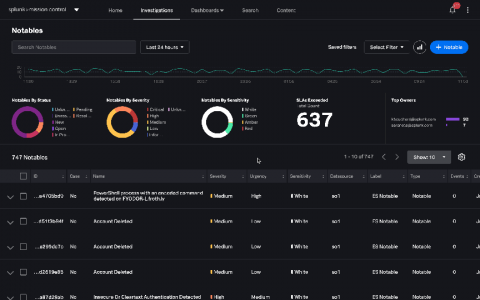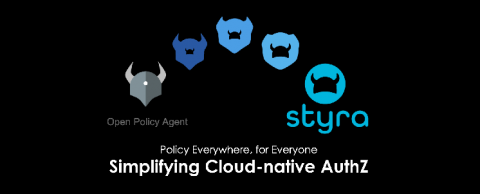Securing Your Kubernetes Journey with ChartCenter
Adopting cloud native technologies like Kubernetes and Helm means your company’s operations can sail swiftly across the globe’s oceans to reach teams and customers. But there are dangers in the deep. With many components in Kubernetes, securing every dimension can be quite challenging and require a bit of learning curve. Let’s identify some important best practices that can help you to steer straight.










